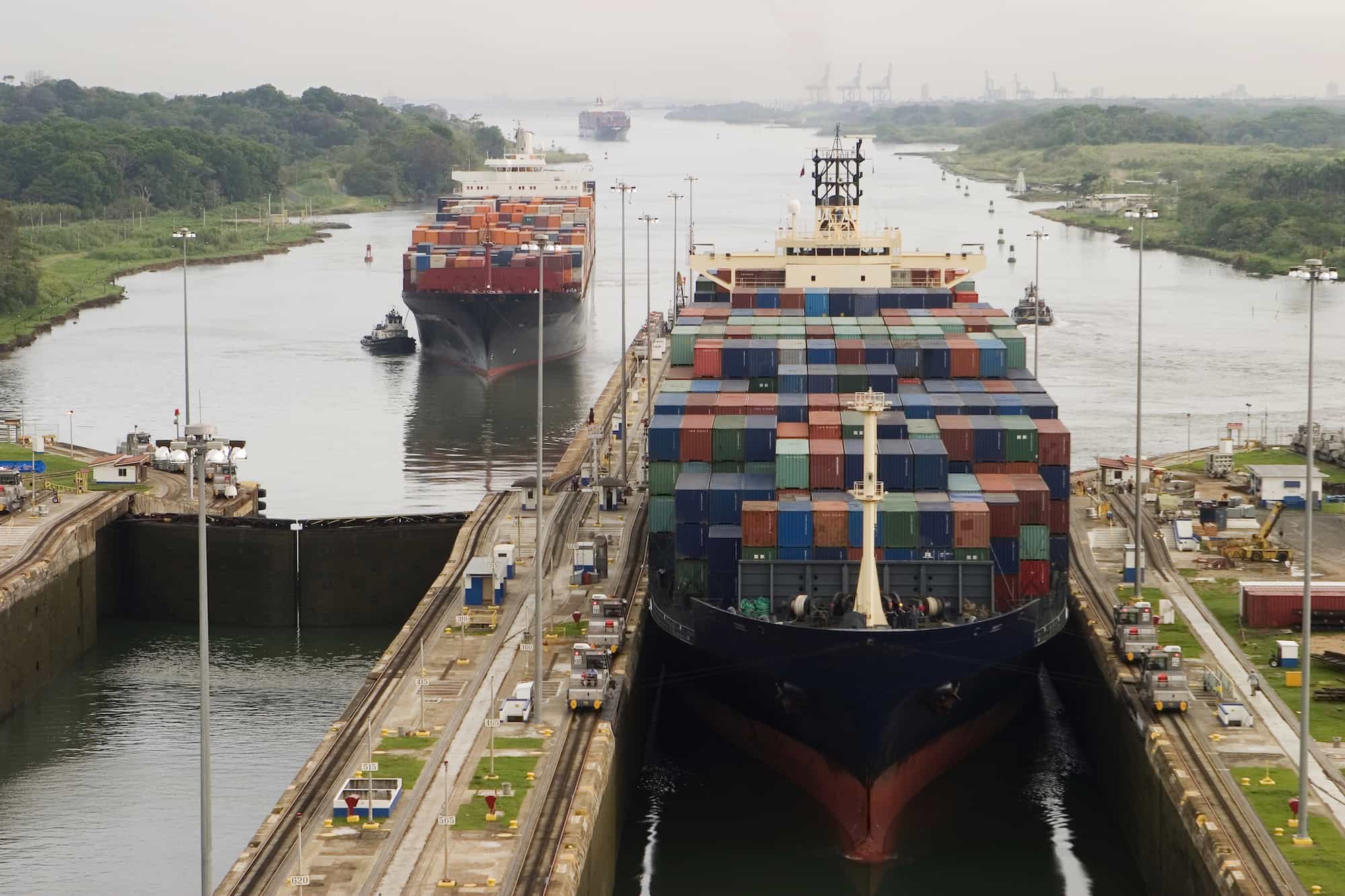
March 25, 2019
Understanding the 2019 Ocean Freight Market Through the Lens of 2018
Tags:
Understanding the 2019 Ocean Freight Market Through the Lens of 2018

March 25, 2019
With last year barely in the rear view mirror, 2019 is shaping up to be a bit turbulent in the ocean freight market. But with preparation, businesses can still weather the stormy conditions.
It seems that 2018 is casting its shadow on 2019 with all its carryover angst. Despite some forward movement, we are still seeing a certain degree of volatility. And with that, unpredictability – further underscoring the need for partnerships and infrastructure that can cast a little more certainty onto the picture.
As we look at what it will take for smoother sailing in the current year, it’s helpful to take a look at what has been happening in past months.
Reactive Measures Lead to Ripple Effects
During the first half of 2018, a global surplus in containers (overcapacity) drove ocean carrier revenues down into negative territory. To stem the tide of declining financials, carriers moved to reduce capacity, introducing a series of blank sailings--disrupting routine schedules that consignees rely on for managing their operations--as well as their customers’ expectations.
Then, as the last quarter of the year arrived, the prospect of tradewars was in full swing, and many rushed to frontload shipments to the United States before the tariffs went into effect.
With the dearth of ships in commission, cargo capacity was tight and prices soared, primarily between Asia and the United States--almost tripling in November, according to the Shanghai Containerized Freight Index. Even those with long-term contracts were seeing impact, with space limited just to their allocations, if not sometimes less. Those that required more capacity were forced to pay spot market prices.
As carriers scrambled to keep up with demand, they added extra loaders to complement the existing scheduled sailings. Soon enough, though, Asia started experiencing a shortage of the containers and chassis needed to move goods from the point of origin. And, while equipment was in scarce supply there, serious congestion started happening on the destination side. Bottlenecks were occurring at both ports and rail transfers; warehouses were filling up; and some importers started using containers for storage.
The bottom line: Carriers were not getting their equipment back. In some cases, containers would be sitting at the port for more than a month, leaving consignees waiting 30 to 40 days for their goods to go from port to rail.
Fresh Year, Not-So-Fresh Start
While all that drama occurred in 2018, the volatility has followed into 2019, along with an upward trend of rising fuel costs--despite the fact that prices are currently flat, for now. As fuel prices resume their upward climb, in conjunction with expected repercussions of IMO2020 in the fourth quarter of this year, we expect to head right back to seeing under capacity on the part of carriers. And with that, higher shipping rates as carriers ready for the regulation to take effect on January 1, 2020.
Currently businesses are renegotiating their contracts for 2019-2020. Some are wary, having seen long-term contracts disappoint with insufficient space when demand heated up in the past year. Many freight forwarders are now throwing the dice and offering long-term contracts without ocean carrier backing--betting that ocean carriers will be lowering long-term rates--allowing the freight forwarders to profit.
There’s a lot to beware of in the new contract season. The best way to navigate through this process? Arm yourself with the right knowledge. Below are four steps businesses can take to position themselves for the coming months.
- Ask: If the contract offer seems too good to be true, get details: What is included; What are the conditions; How much space is included; What is the transit time commitment; What is the service reliability; What are the carrier options; What will your forwarder do if the underlying carrier discontinues a service or pulls capacity; How many carriers are underwriting the forwarder?
- Consult: Work with your freight forwarder to see if you can benefit from different transport mode, and route and pricing options.
- Invest: The world of global trade has changed along with customer demands for faster delivery times. This puts more pressure on businesses to be agile in meeting expectations. Technology is key to ensuring you have the right visibility to see you through the entire shipping process – and supply chain, for that matter. Invest in technology that integrates your operations with your supply chain in an intelligent and transparent way.
- Learn: The shipping industry has a reputation for not being forthcoming about market shifts. Stay current on what’s happening through IMO’s website, carrier announcements, and industry news.
A great way to go deeper is to attend webinars like the one we have coming up on March 29. We’ll review the measures we cite above, as well as how to best navigate the coming months in the face of the turmoil. You’ll learn key questions to ask as you engage with your supply chain. We’ll also cover actionable and practical steps you can take to make sure you have what you need for a more successful trade experience in 2019.
Register to learn more at our upcoming webinar. I hope you’ll join us.
About the Author

March 25, 2019




